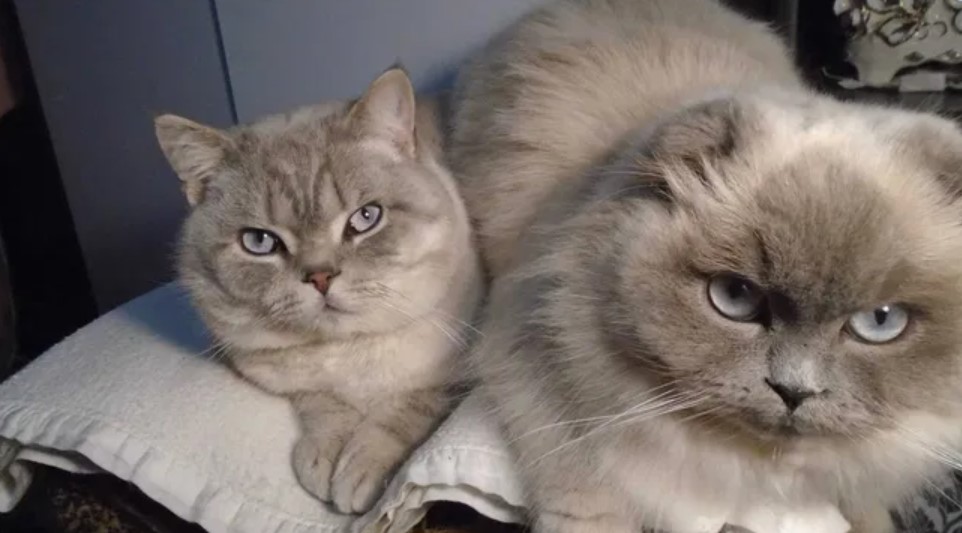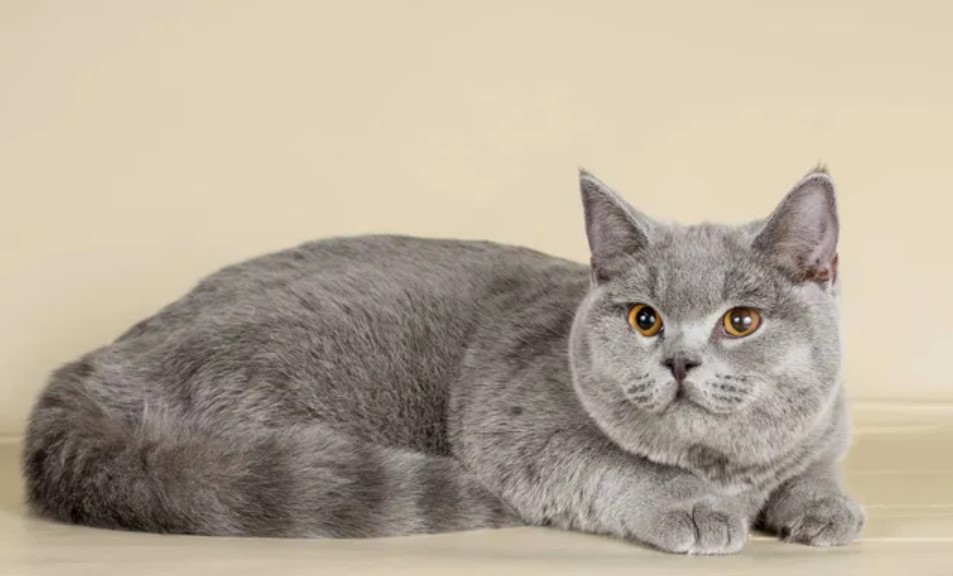Cats are certainly not concerned about their weight. They don’t stand in front of the mirror and tell themselves they need to shed a few more pounds to get that bikini body.
Nevertheless, there can be various reasons why a cat needs a diet. One reason to avoid certain things in cat food is food intolerance or allergies and another reason for which you should pay attention to following a diet. But overweight and obesity can also be found in cats. And just like in humans, it can lead to other health problems.
Cat diet for overweight cats

Certainly, there are rarely overweight cats in the wild. Because wild cats have to hunt to get enough. Small mammals such as mice and rabbits or insects are usually eaten. That means there are many small portions throughout the day.
It’s much easier for our house cats – whether they’re outdoors or just indoor cats. They get their food served without having to make an effort. Many a kitty has access to their food 24 hours a day. This is not a problem as long as the cat still has its natural feeling of satiety. Then she only eats as much as she needs to cover her energy needs.
But fur noses from the animal shelter in particular no longer have a natural feeling of satiety due to food envy and fights for food. They eat as much as they can, when they can. After all, they don’t know when someone will come and take it away from them.
In addition, indoor cats often no longer eat out of real hunger, but often out of boredom. And who hasn’t given their meowing cat treats instead of playing with them to calm them down?
If all of these components occur together (oversupply of food, lack of exercise, lack of feeling of satiety), then some cats can get a little off the hook. As with us humans, obesity in cats can damage the joints in the long term, puts a strain on the cardiovascular system and shortens lifespan.
Cat on a diet – but right!
As with humans, there are a few things to consider when cats are to be put on a diet.
The most important thing to know is that you must never put your cat on a zero diet! FDH can also lead to life-threatening complications. Because a cat is a hunter. As such, your body is designed to get enough protein. If this does not happen, the body’s fat balance is attacked fairly quickly (within a few days!). This provides enough energy to go hunting and to be able to supply the body with new protein.
With a zero diet or FDH, this food supply is missing. The cat’s body reacts to this by derailing the fat metabolism. The liver can no longer convert the large amount of fat and stores it. The resulting fatty liver can no longer perform its normal functions. Hepatic lipidosis develops, which, if left untreated, ends relatively quickly in liver failure and the death of the cat.
A consistent change in lifestyle is more important than rapid weight loss. High-quality cat food is just as important as keeping your cat busy.
Cats on a diet for illness

Apart from excessive body weight, various diseases can also result in our cuddly diets. This also includes food intolerances, which are increasingly playing a role in our house tigers. These often manifest themselves as vomiting and severe diarrhea. If other diseases have been ruled out by the veterinarian, it is important to find out which component of the cat food is causing the symptoms. Consistent avoidance of the intolerable food immediately reduces the symptoms.
Diet in cats with chronic kidney disease
As with all sick cats, especially those with chronic kidney disease, the best food for your cat is what it eats!
Yes, it is correct that house tigers with kidney disease should eat low-protein and low-phosphate food if possible. But if they don’t eat at all, then they very quickly slip into hepatic lipidosis and that is even worse than giving them a diet rich in protein and phosphate.
A really great and comprehensive site on the symptoms, treatment and diet of cats with chronic kidney disease is Tanya’s CKD site. There are also charts of low-phosphate cat food that you can use as a guide.
In the case of kidney disease, it is important not to force it through dehydration. This means that your cat should definitely drink enough fluids. And since cats with kidney disease are also rather bad drinkers, you should avoid dry food at all costs.
Diet in cats with diabetes mellitus

A frequent consequence of severe and long-lasting obesity in cats is the development of diabetes mellitus. But obesity is not the only thing that can cause this “diabetes disease”. Pancreatitis or other causes can also cause diabetes in cats.
Diabetic cats need insulin injections and should never go hungry, especially in the beginning. This means that you should not go on a weight loss diet while your cat is being hired. If it is then properly adjusted, it is not absolutely necessary to feed it a special diet. However, high-protein and carbohydrate-free wet food is recommended in order to keep the blood sugar level constant.
Very comprehensive information on diabetes in cats is run by two veterinarians on feline diabetology. There you will also find comprehensive tips and tricks for the diet of a diabetic cat.
Diet in cats with pancreatitis
Pancreatitis, or inflammation of the pancreas, can be either chronic or acute. As with many diseases, the acute forms are often more pronounced, but often heal completely. Chronic pancreatitis can accompany a cat throughout its life.
Apart from any medication that may be necessary, it is important that the cat food is easily digestible. It should also be high in carbohydrates and low in fat. Sensitive diet cat food with a high proportion of chicken or fish is often used.
You should make sure that not only the fat content is low (below 5%) but also that the moisture content of the feed is high. This means that dry food and treats are definitely not suitable for a cat with chronic pancreatitis!
Cook diet cat food yourself

For every possible diet there are different companies ready-to-buy diet cat food. You can only get some food from your veterinarian, some you can also get in specialist shops. Diet cat food is often quite expensive and it is not always really better than normal cat food.
But in many cases, and not only in the case of chronic illnesses, you can reduce your costs and make your cat happy by occasionally cooking his food yourself.
It should be noted in general that you do not use any spices and also leave out the salt.
A boiled chicken is a simple and tasty dish, especially in the case of pancreatitis, where care should be taken to eat a low-fat diet and drink enough fluids. The best way to do this is to boil a soup chicken in water until the meat is very tender and can be easily removed from the bones. You can either feed the meat or offer the resulting broth to drink.
Another light food recipe is to mix 300g of very lean beef tartare with 150g of pasta cooked in pure water without salt and 2 soft-boiled carrots with a teaspoon of linseed oil.
Turkey breast, fish or tuna in its own juice can also be fed as an alternative meal. In our guide to cat nutrition you will find some additional tips if your cat does not want to eat.
If you only cook your own cat food for a longer period of time, talk to your vet about which additives your cat still needs. In the case of pancreatitis, for example, these are certain enzymes and vitamins.





























